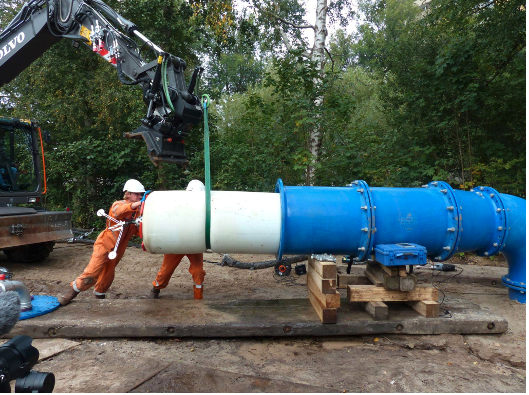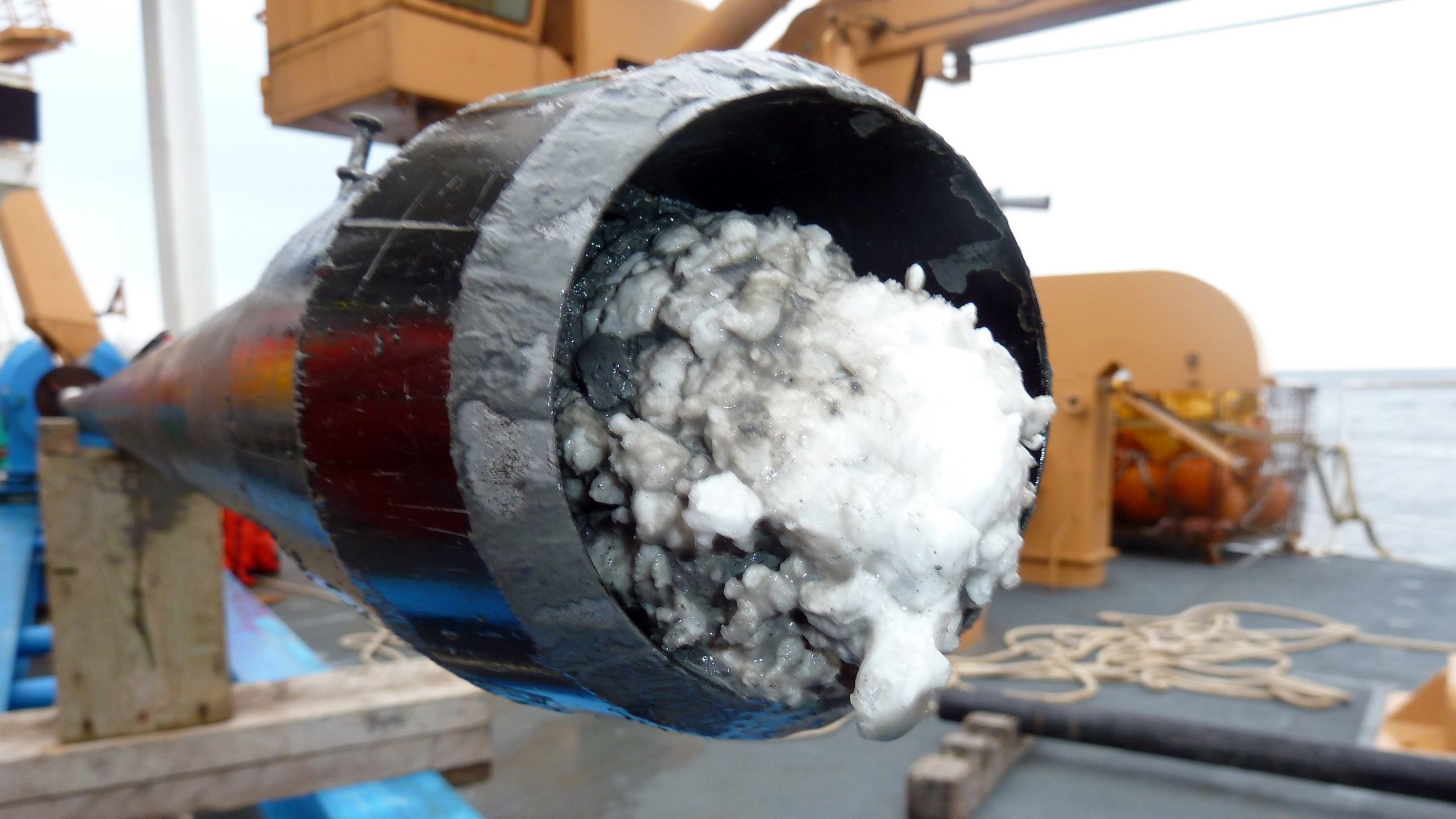
You probably never think about it, but under our feet in the Netherlands, there are approximately 117,000 kilometers of water pipelines. These pipelines enable you to take a shower, get a glass of water from the tap or flush the toilet in every home. In the Netherlands, the pipes in private homes and buildings are extremely reliable. Yet in other places in the chain, things do go wrong from time to time. Water leakages are very frustrating and can have major consequences. With their new technologies, Acquaint helps to reduce leakages by staying ahead of any problems that may arise.
“The idea is that we at Acquaint are able to predict when a water pipe is in need of repair,” says Rudy Dijkstra, founder of Acquaint. Here, according to Dijkstra, the focus is on the quality of the pipe. Gathering information about the quality of the pipe can prevent problems from occurring. “We use prediction models to convert the collected data into clear information for the repair technician, who can then address the problem before it occurs. We were the first with this,” Dijkstra says with pride.
Necessity for water companies
The idea was born out of necessity years ago. At the time, Dijkstra was working for a contractor and in that role, he had a lot to do with pipes. “I found out that it was actually almost impossible to work preventively, but that problems had to be dealt with all the time. That’s when I started looking at how we could stabilize the workflow a bit more,” says Dijkstra. He started looking for different forms of technology to improve the replacement strategy that water companies were using. “We mainly started tinkering a lot in a shed in the beginning,” Dijkstra says.

Like a bat
“How does this technology work? The guys leave for a project site and then prepare the tool there. It is a kind of foam plug that is packed with technology,” Dijkstra explains. This foam plug is pumped through the pipe with the help of water pressure. On its journey, it collects all kinds of information about the quality of the pipes. This is done millimeter by millimeter, in order to identify all the weak spots. “You can compare it a bit to a bat, which uses sonar to explore and map its surroundings,” says Dijkstra.
Solving major challenges together
Apart from this, Acquaint is also working on facilitating more inspections of water pipes by the water companies themselves. “We have developed a kind of scanner that can be placed on the outside of pipes and which can be used to collect information about the quality of the pipe,” says Dijkstra. This can be particularly useful if a section of the pipeline is exposed during work. Water companies can then carry out their own measurements on the condition, without the need for Acquaint’s experts. This Pipescanner is capable of scanning through multiple layers of paint.

International solution
Fortunately, major problems with water pipelines are not very common in the Netherlands. Whereas leakage losses in the Netherlands are around 3 percent, they can be as high as 60 percent in other countries. This is why Acquaint quickly went international. “Southern European countries, in particular, perform very poorly, due to remote areas and naturally occurring differences in altitude,” Dijkstra points out.
Nevertheless, the company sometimes has difficulty convincing water companies of the benefit of their innovative techniques. “We are innovative and new and that can be quite difficult for some water companies. You notice that they are not necessarily prepared for a different way of working”, says Dijkstra. Ultimately, Acquaint is all about the impact they can make on establishing a safe global water infrastructure. They do this in-house by keeping the start-up culture as long as possible and working with young motivated people. “With this mindset, we hope to be an established name in the Western water sector in five years’ time,” Dijkstra states.

